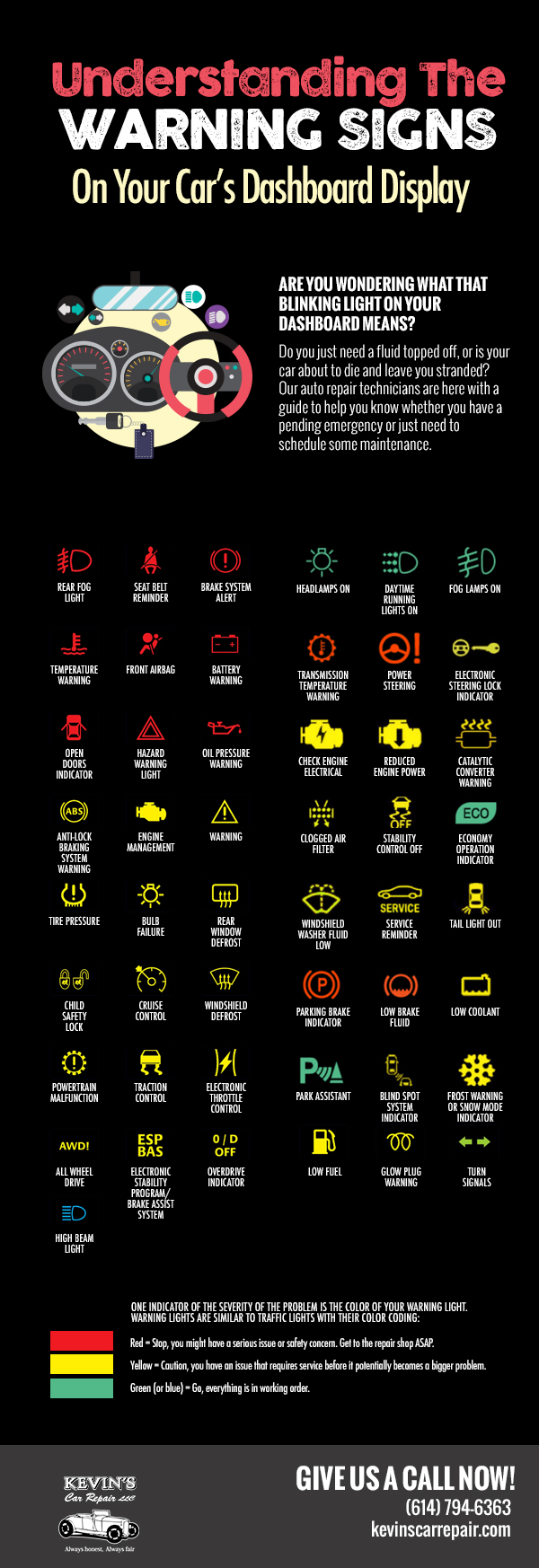Analyzing Your Automobile'S Alert Lighting: Their True Effects
Analyzing Your Automobile'S Alert Lighting: Their True Effects
Blog Article
homecarwash -Boye Kejser
When you lag the wheel, those beautiful warning lights on your control panel can be a little bit difficult. Do you recognize what they're attempting to inform you regarding your cars and truck's health? Comprehending the significance of these lights is crucial for your safety and security and the long life of your car. So, the following time one of those lights pops up, would not you want to decode its message properly and take the needed steps to address it?
Common Warning Lights and Interpretations
Recognize common caution lights in your cars and truck and recognize their meanings to make sure secure driving.
The most typical caution lights include the check engine light, which indicates concerns with the engine or exhausts system. If this light begins, it's important to have your automobile inspected promptly.
The oil stress warning light suggests reduced oil pressure, calling for instant interest to avoid engine damages.
A flashing battery light might suggest a faulty billing system, potentially leaving you stranded if not addressed.
The tire pressure monitoring system (TPMS) light alerts you to reduced tire pressure, affecting vehicle stability and gas efficiency. Ignoring this could result in unsafe driving conditions.
The ABS light shows a problem with the anti-lock stopping system, compromising your capability to stop promptly in emergencies.
Last but not least, the coolant temperature alerting light warns of engine overheating, which can cause serious damage otherwise resolved swiftly.
Comprehending these typical warning lights will certainly aid you address issues immediately and maintain secure driving problems.
Relevance of Prompt Attention
Understanding the typical warning lights in your cars and truck is just the initial step; the importance of immediately dealing with these warnings can not be highlighted sufficient to ensure your safety and security on the road.
When a warning light illuminates on your dashboard, it's your auto's method of connecting a prospective issue that requires attention. Ignoring these cautions can bring about a lot more extreme troubles in the future, endangering your security and potentially costing you extra out of commission.
Trigger interest to alerting lights can avoid malfunctions and crashes. As an example, a flashing check engine light can suggest a misfire that, if left neglected, can create damages to the catalytic converter. Addressing this promptly can conserve you from an expensive repair work.
In a similar way, a brake system warning light could signify reduced brake liquid or worn brake pads, critical components for your security when driving.
DIY Troubleshooting Tips
If you notice a caution light on your control panel, there are a few DIY troubleshooting ideas you can try before seeking expert assistance.
The primary step is to consult your vehicle's handbook to understand what the particular warning light indicates. Often car cleaning inside can be as basic as a loosened gas cap setting off the check engine light. Tightening the gas cap might resolve the problem.
An additional usual issue is a reduced battery, which can set off different alerting lights. Examining the battery connections for deterioration and guaranteeing they're secure could repair the problem.
If a warning light persists, you can try resetting it by disconnecting the cars and truck's battery for a couple of minutes and then reconnecting it. Additionally, examining your automobile's fluid degrees, such as oil, coolant, and brake liquid, can assist repair cautioning lights related to these systems.
https://brakes-plus95162.slypage.com/32650680/examine-your-automobile-s-requirements-to-locate-the-best-car-detailing-service-for-you-however-which-elements-will-genuinely-influence-your-choice
In conclusion, recognizing your vehicle's warning lights is important for keeping your car running efficiently and safely. By without delay addressing these notifies and knowing what they imply, you can stay clear of costly repairs and potential break downs.
Bear in mind to consult your cars and truck's manual for specific information on each warning light and take action as necessary to ensure a trouble-free driving experience.
Keep notified, stay risk-free when driving!
